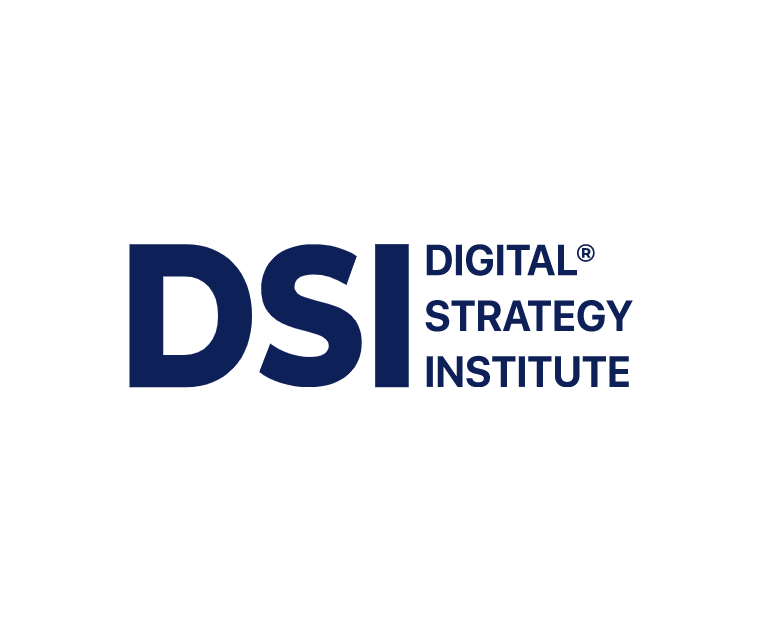The Rise and Fall (and Potential Rebirth) of BNPL White-Label Solutions: A Global Regulatory Roundup
- Digital Strategy

- Mar 4, 2024
- 2 min read
Buy Now, Pay Later (BNPL) stormed the fintech scene with its convenient, split-payment offerings. But embedded within this boom lies a lesser-known participant: the BNPL white-label solution provider. These companies empower traditional institutions (banks, lenders) to offer BNPL services under their own brand.
The Allure of White-Label Solutions
For financial institutions, white-label solutions offered:
Faster BNPL Entry: Bypassing lengthy infrastructure development, institutions could leverage existing white-label tech for a quicker BNPL launch.
Brand Control: Institutions maintained customer relationships and brand identity through customized BNPL interfaces.
This convenience fueled the rise of white-label providers. However, cracks began to show...

The Demise of Anonymity
Regulators worldwide started scrutinizing BNPL's potential for overspending and irresponsible lending. White-label providers, often operating anonymously, became a target:
Lack of Transparency: Regulators struggled to hold white-label providers accountable for lending practices.
Consumer Protection Concerns: The anonymity made it difficult to ensure responsible lending and consumer protection measures were followed.
The Regulatory Roundup: A Look at Global Trends
Countries are taking a nuanced approach to BNPL regulation:
UK: The Financial Conduct Authority (FCA) requires BNPL providers to conduct affordability checks and ensure clear terms and conditions.
Australia: The Australian Securities and Investments Commission (ASIC) introduced responsible lending guidelines, likely impacting white-label BNPL providers indirectly.
India: The Reserve Bank of India (RBI) is considering regulations to govern BNPL lending practices, potentially impacting white-label providers.
The Future of White-Label BNPL Solutions
While the anonymity-based model faces challenges, white-label solutions can still thrive in a regulated environment:
Transparency Focus: White-label providers partnering directly with regulated institutions can enhance transparency.
Compliance Integration: Building compliance features into white-label solutions can ensure responsible lending practices.
The Bottom Line
The future of white-label BNPL solutions hinges on adapting to regulations. By prioritizing transparency, responsible lending practices, and partnering with regulated institutions, white-label providers can play a role in the responsible growth of BNPL.
Datapoints to Consider:
You can search for the following to find data points on how various countries are regulating BNPL:
"[FCA BNPL regulation UK]"(https://www.fca.org.uk/)
"[ASIC BNPL regulation Australia]"([URLasic gov au ON Australian Securities and Investments Commission])
"[RBI BNPL regulation India]"(https://rbi.org.in/)



Comments